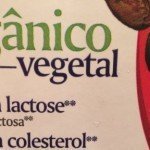Proteins are a building material for new cells. There are many recommendations on the daily intake of protein. In many respects it depends on your way of life, but on the average 1gr. protein per 1kg of body weight per day will be enough. Today you will learn the best vegetable sources of protein .
The best vegetable protein
To start, I will list the products that will perfectly satisfy the daily need for protein.
- Legumes: chickpeas, lentils, beans, peas, soybeans, peanuts. The soy contains the most protein, per 100 gr. 35gr. squirrel. In lentils 24 gr., Beans 21 gr., In peas 20,5 gr., In chickpeas 20 gr. Unfortunately, 93% of the world's soybean GMO. Therefore, take care with soy. Beans, soybeans and chickpeas are best soaked for the night, so that they become softer. All the legumes can be germinated, which means they will suit the raw food industry. But this is not the easiest food, so do not overdo it. To obtain a complete amino acid set, add to the legumes cereal: buckwheat, wheat, oatmeal, rice. Best of all - green buckwheat, it contains all the essential amino acids. If the rice, then unpolished (when grinding the shell and the embryo are removed - they are the most valuable in the grain).
- Nuts. Many nuts in the usual sense can not be called nuts. For example, almonds and cashews are bones, like apricots, and peanuts refer to beans. Of all known to nuts are walnuts, hazelnuts, pecans. Nuts and bones before drinking are better soaked, so that they become softer and better absorbed, and also left all the dirt in the water. Nuts, like fruit is better not to mix with anything, otherwise they will wander. It is better to use dried nuts, in fried less nutrients. Most of all protein is contained in peanuts 26 gr. protein per 100 gr. product, on the second place of pistachio 20 gr. and the third place goes to almonds 18.6 gr. and cashew 18,5 gr.
- Seeds: sunflower, pumpkin, sesame, poppy, hemp, etc. A great source of protein. You can mix different seeds in a blender and make sauces. You can just eat with a spoon. Seeds should preferably be bought uncleaned, they are in a protective shell and do not oxidize. In pumpkin seeds contains 24.54 gr. protein per 100 gr. product in sunflower seeds 20.7 gr., in hemp seed 20.1 gr., in sesame 19.7 gr., in poppy 17.5 gr.,
- Cereals. Buckwheat is the best source of vegetable protein from cereals. I already wrote about her above. I'll add a few more words. To get all the benefits of buckwheat, it needs to germinate, and for this only green buckwheat will do. Do not cook at all. Maximum put on the battery to make it warm. Buckwheat is unique in that it is not sprayed with chemistry when grown, because insects do not attack it. In 100 gr. dry green buckwheat contains 12.5 gr. protein - not a record, but the quality decides. In dry oatmeal contains 11 gr., In corn groats 8,3 gr., In the germinated wheat 7,5 gr., In white rice 6,7 gr.
- Fruits, vegetables and greens. How do you think, where do the squirrels take the Fruit-rian athletes? And maybe it's not in the protein? In short, with a long fruit and vegetable nutrition, the organism is purified and the microorganisms that produce the necessary substances begin to synthesize all the amino acids, the so-called symbiotic microflora. Those. while we are eating the usual food, we need to get all the substances from the outside, as soon as we remove the unseen food, and stop feeding the alien (pathogenic) microflora, the symbiotic microflora is restored and begins to work for you. Therefore, it is not surprising that pumped up people eat only fruits and greens - this is more than enough for all the recovery processes.
Try different vegetable sources of protein, do all kinds of combinations, add spices and oils, open new dishes and then vegetarianism will bring not only good, but also great pleasure.

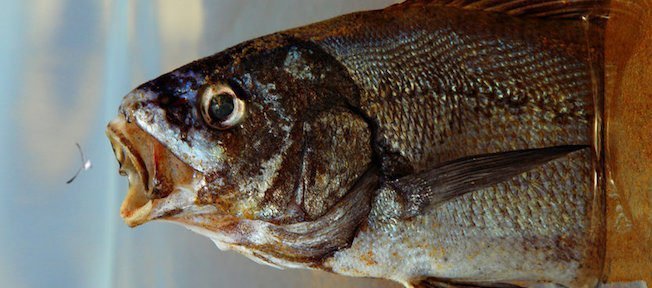
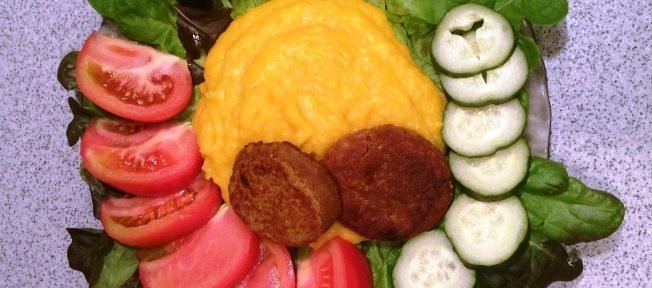
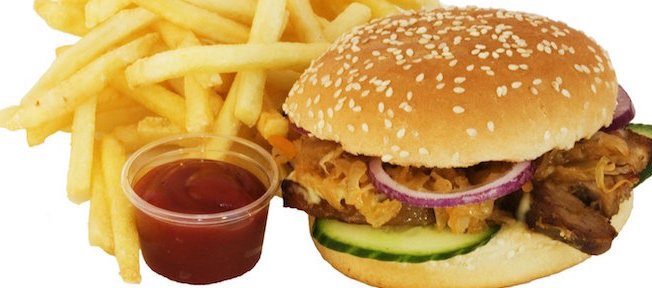
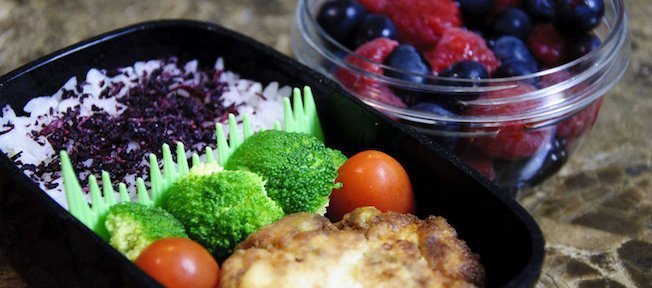
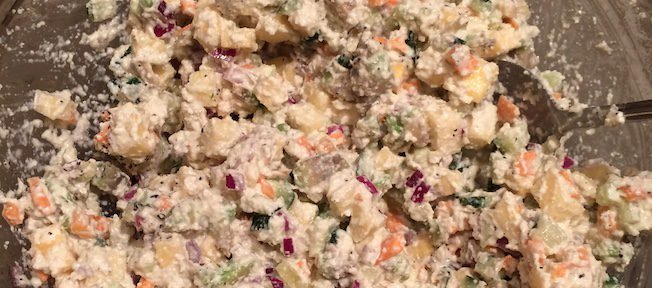
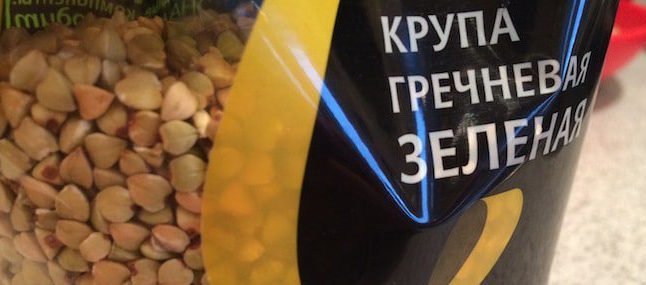
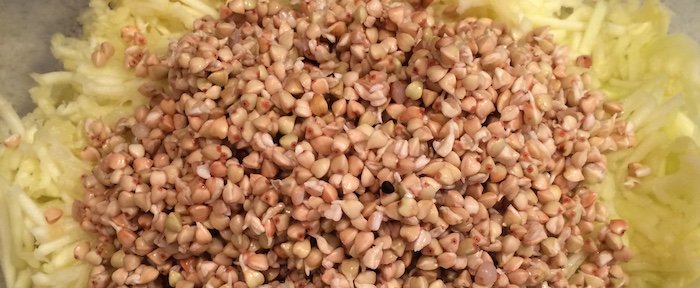

![Baked Pumpkin in the oven [2 recipes with photos]](../wp-content/uploads/2016/11/pechenaya-tykva-150x150.jpg)
![Raw meat cutlets [recipe]](../wp-content/uploads/2017/01/syroedcheskie-kotlety-150x150.jpg)


